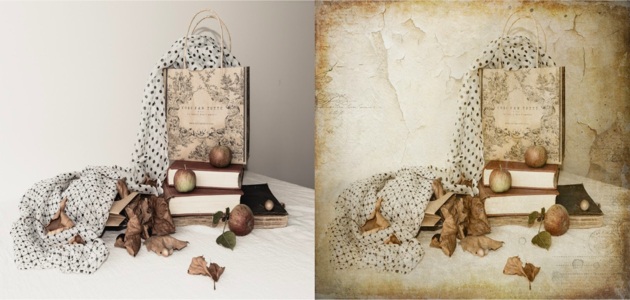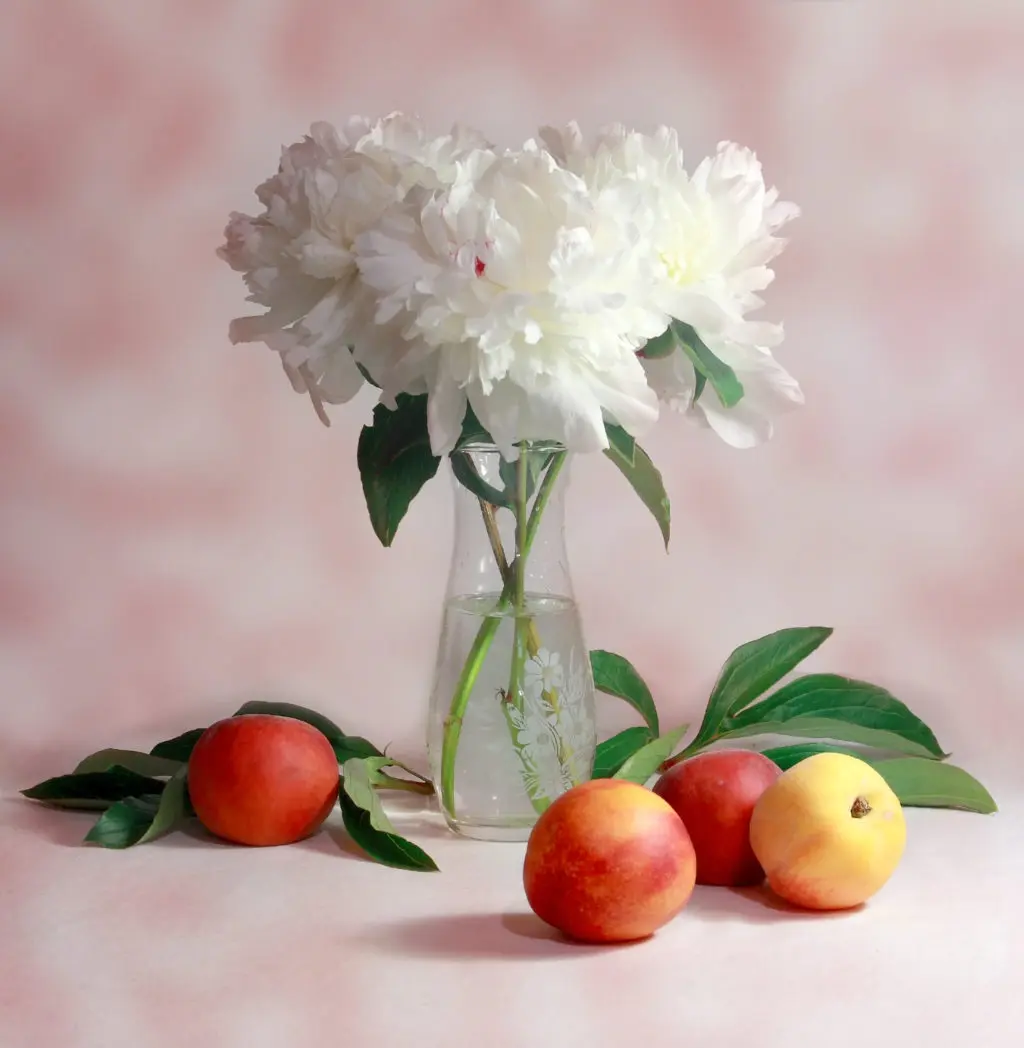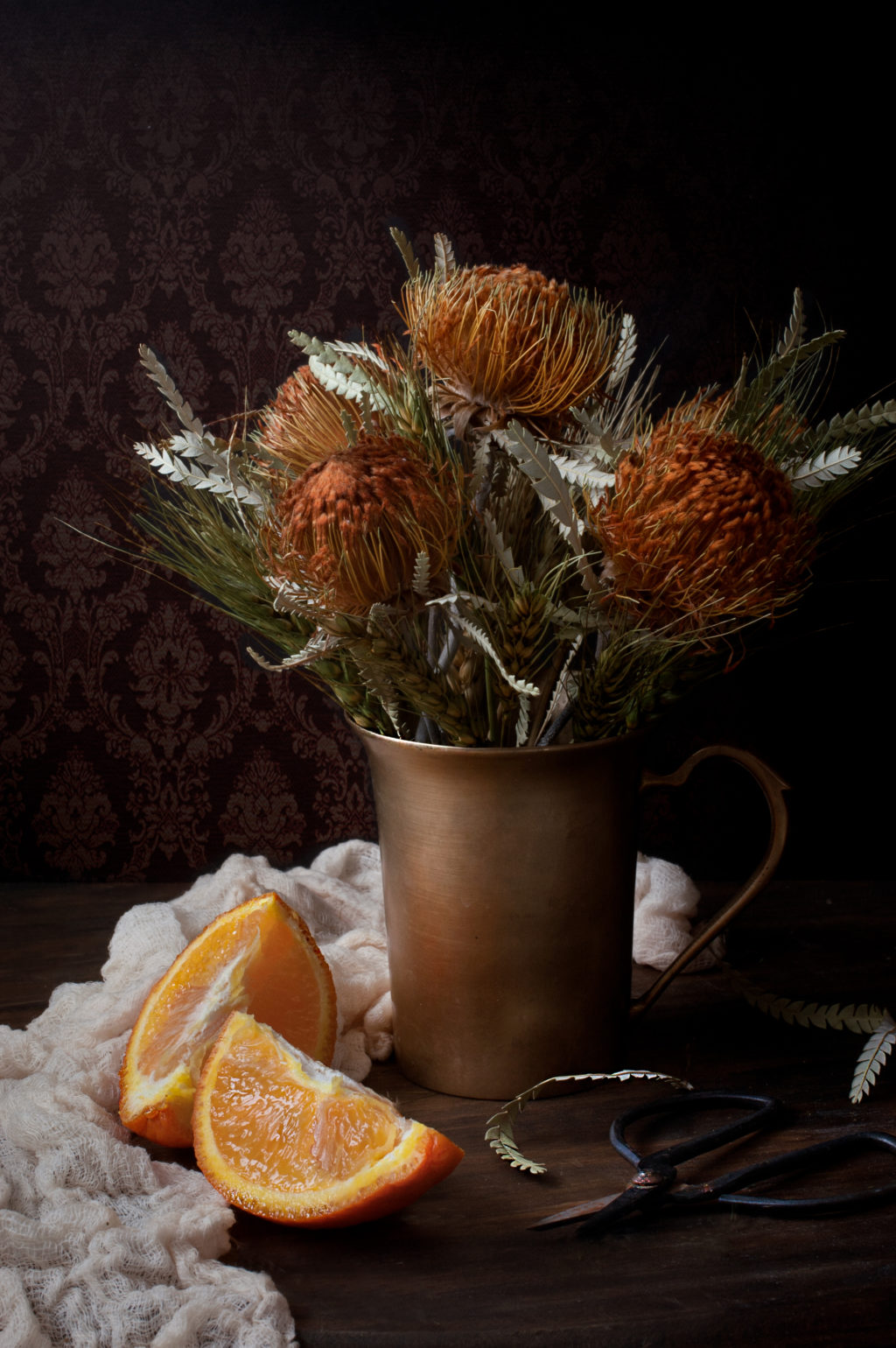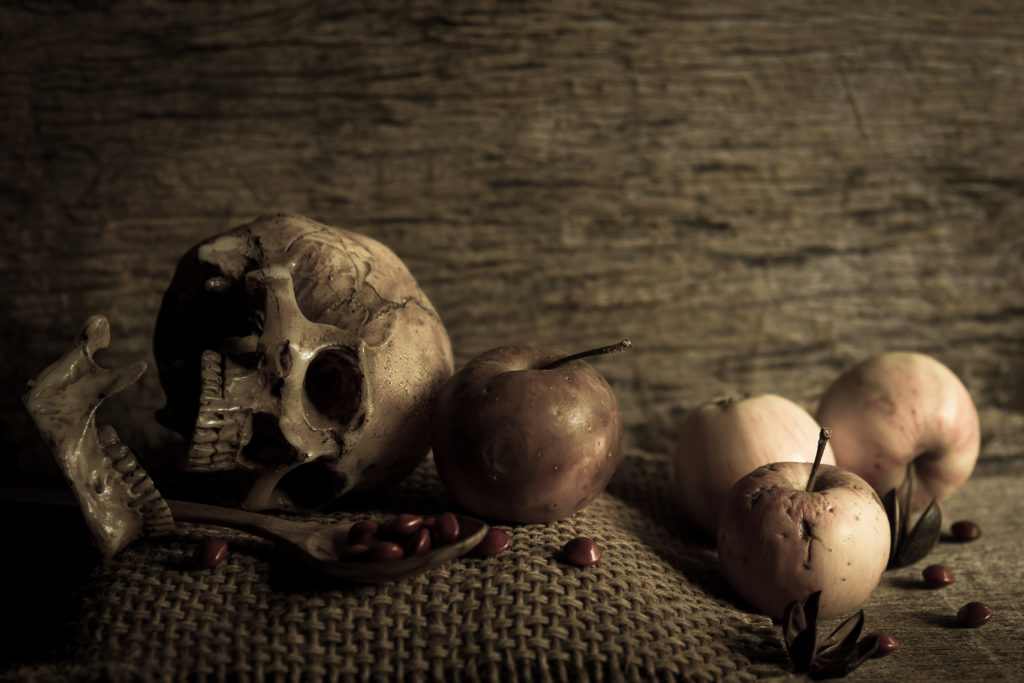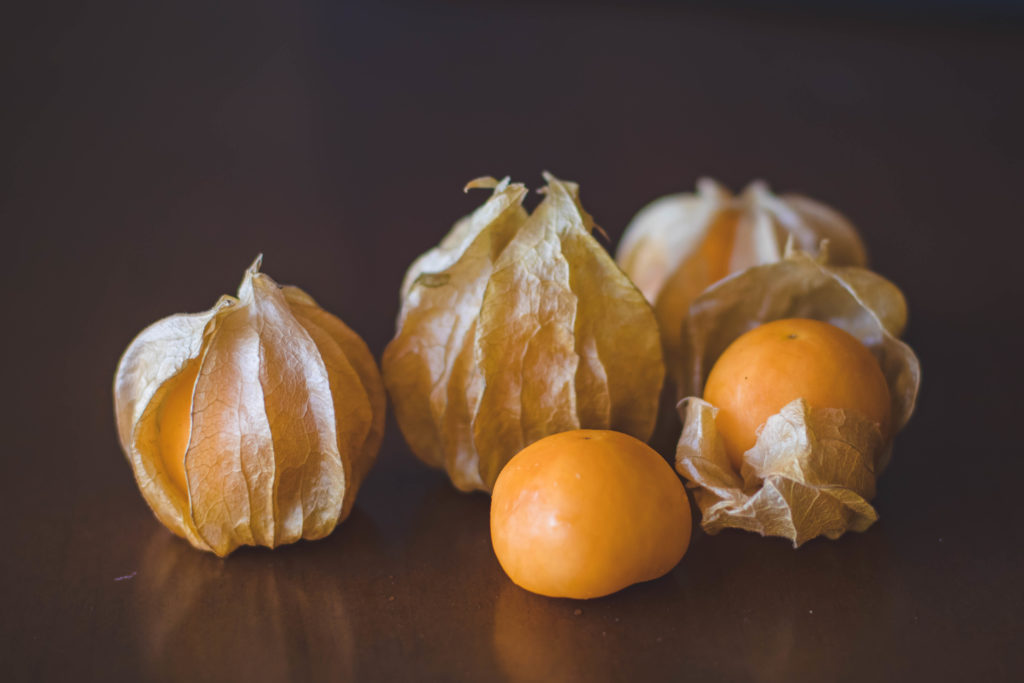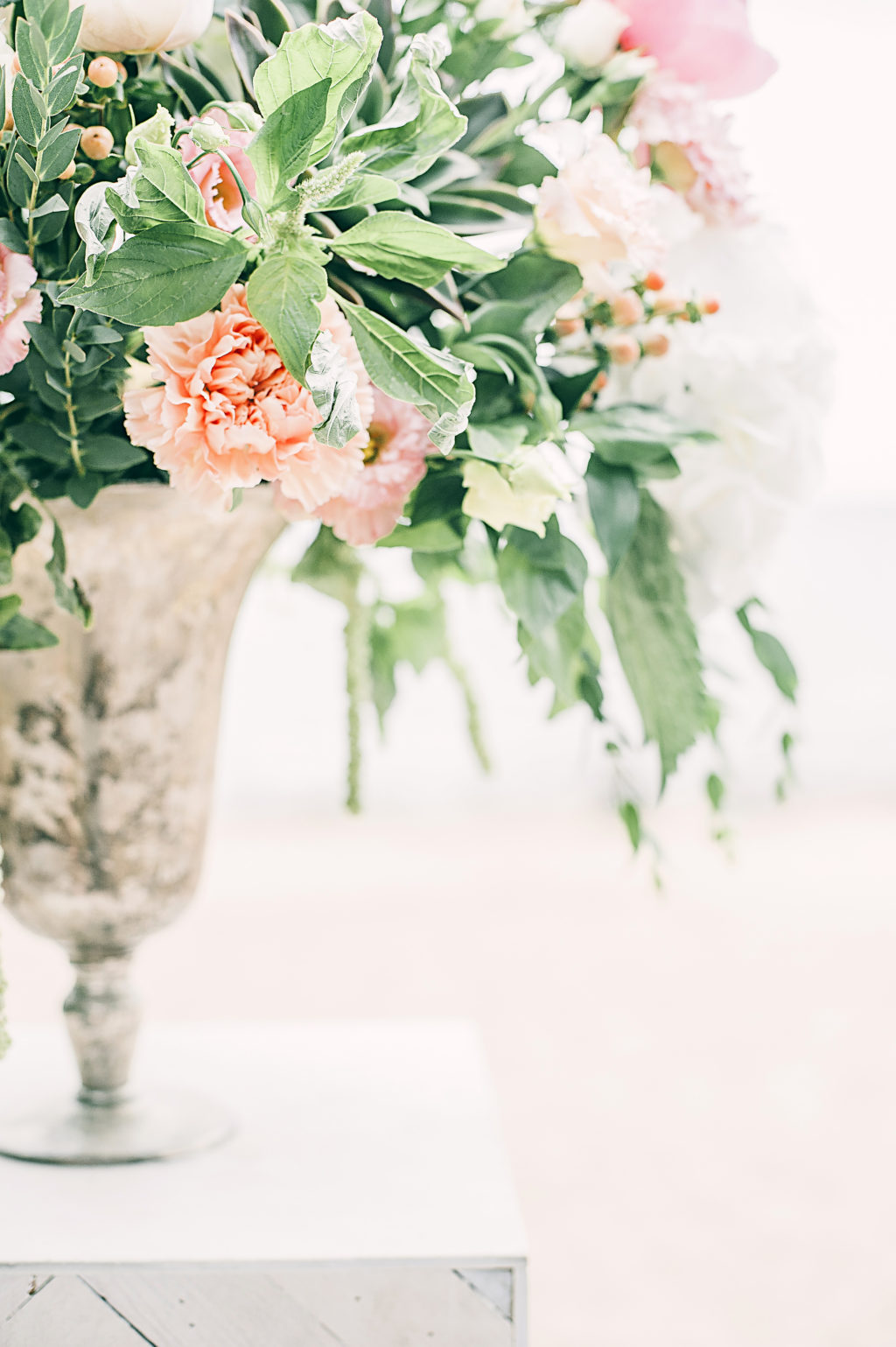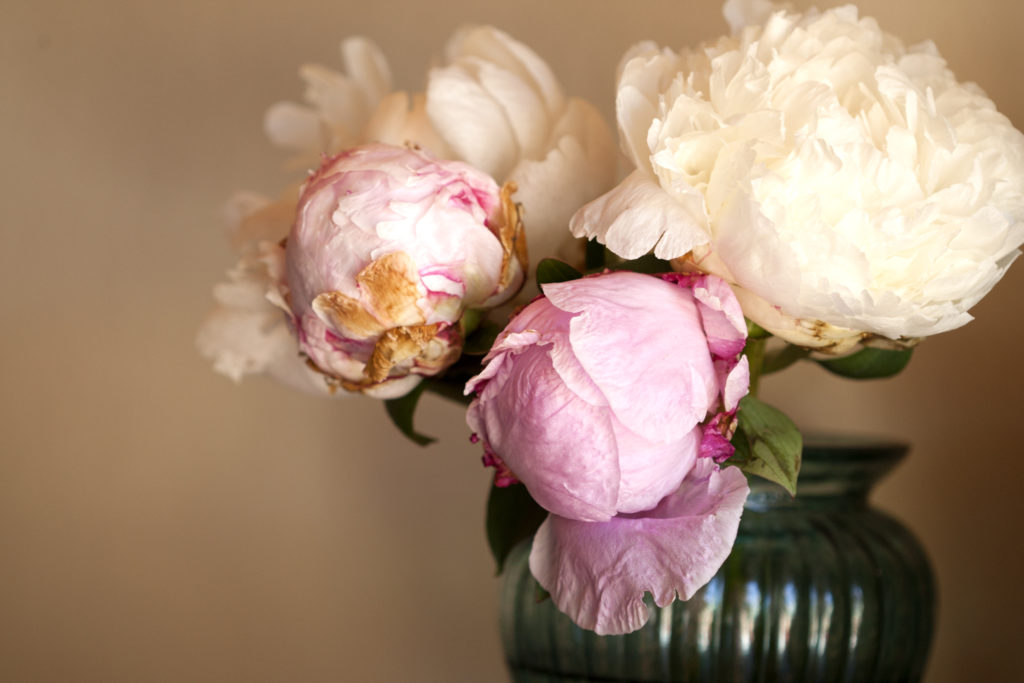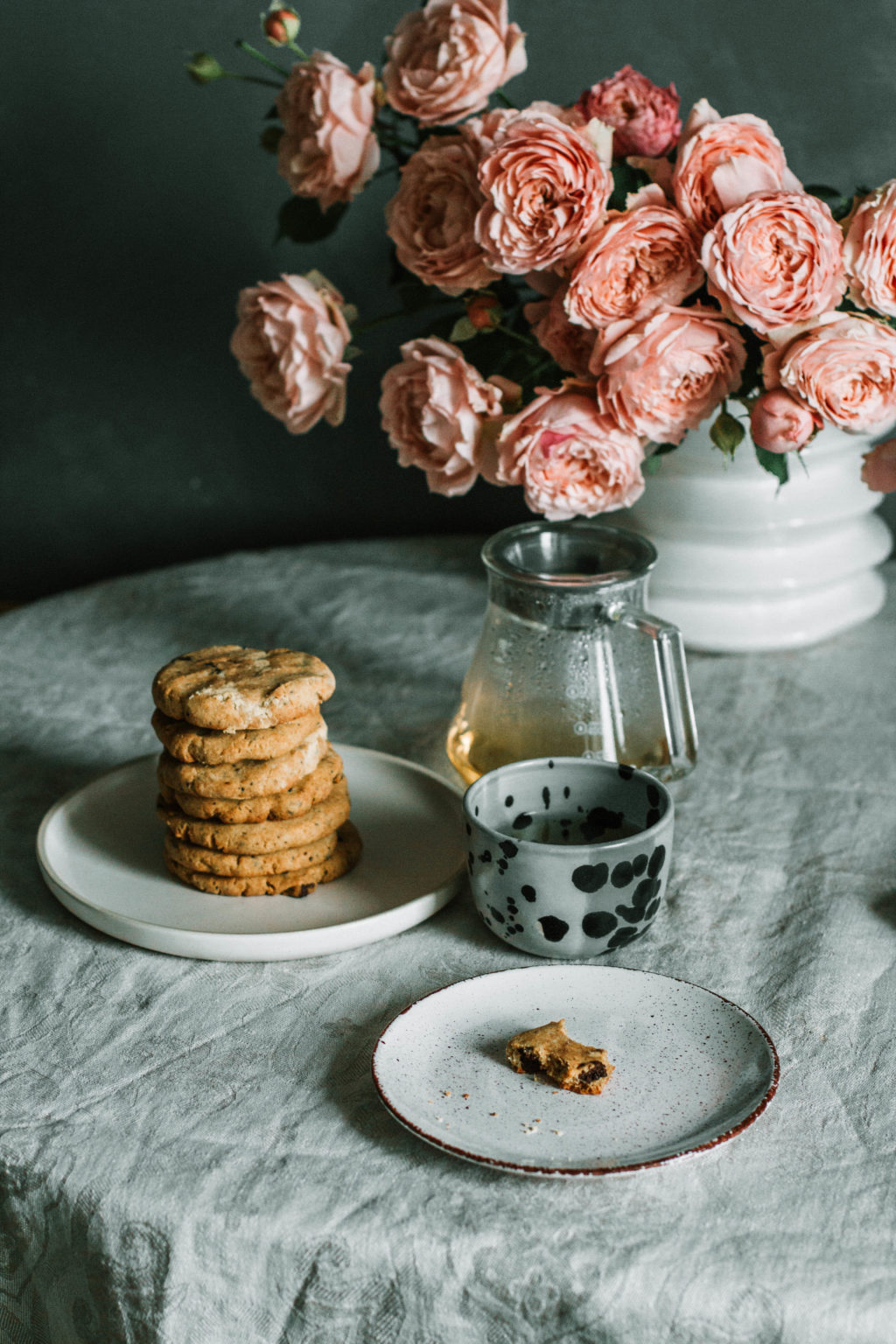Catch Up On The Coolest Links In Photography
By Toad Hollow PhotographyThe exciting world of photography never seems to rest, and here we find that Toad Hollow Photography has been looking in all known corners of the internet for links to tutorials, special features and great photography to share with everyone. This weeks list is composed of a wide diversity of subjects and features, from some of the best writers and artists working in the field today. We really hope you enjoy checking out all these links as much as the Toad did himself in bringing this weeks list to you.
Tutorials
How to Master Low Light Landscape Photography – this is the best guide on low light landscape photography I have read during my career. This article, posted right here on Light Stalking, covers all the key points to help you get the most out of your shots under some pretty challenging conditions. The post covers technique and gear and also includes some awesome shots to inspire you.
Get to grips with lighting for stunning portraits – for many of us getting started with artificial light begins with the first daunting step. With so many options, and resulting finished looks, the entire artificial light landscape can be overwhelming. This article sheds some light on this topic by covering the various types of lights available and their applications.

How To Photograph Airplanes – many of us love moving machines, and love to photograph them. This in-depth article talks about airplane photography specifically, with some awesome tips and tricks on how to get the most out of this genre. The shots included illustrating the article are well worth the time on their own.

How Emotions Mold the Art We Create – art is always a personal expression of many different factors and facets of our own experiences over the course of our lives, and this can have a powerful effect on how we see the world and how we engage with it. This article takes a profound look at how mood and emotion can impact our work. Ultimately the article as a whole serves as an inspiration for us all to get out there and make the art we honestly feel.
Special Features
10 Amazing Examples of Black & White Cameraphone Photography – our ever-present smartphones are becoming increasingly common in the field of photography as a great tool that can be used to capture stunning shots. This collection of black-and-white images showcases how these simple cameras can create compelling images that are every bit as good as ones taken with a DSLR setup.
Andreas Urscheler: Minimalist Mountain Scenes in Monochrome – the use of monochrome in photography is a perfect way of capturing minimalistic, and frequently abstract, images that shine with artistic tension. This series of shots were captured in the snow-covered mountains and their surroundings and shows us a great example of this style.

Obscura: Beautifully Puzzling Imagery of Surrealist Simon Hjortek – prepare to embrace the utterly sublime in this photo series of a commonly themed collection of images carefully staged and created to tell a story. One of the best parts of a surreal study like this is when the artist includes no contextual information around the collection, as we see here, allowing us to interpret the presentation on our own.

The Streets Are Ours – it is often said that truth is far stranger than fiction, and this article gives us a great example of this idiom. This post features the work of a photographer who captures the community of deer that live in the streets of a Japanese city during the day, only to retreat to the surrounding forests at night.

Interview: One Photographer’s Love Letter to the Land and People of Kyrgyzstan – this post features a great interview and catalogue of photos, reminiscent of a National Geographic spread, featuring sights and observations from Kyrgyzstan. The varied subjects covered in the images paint a picture of this region that most of us would not have the opportunity to see.
Great Photography
either way – the light is dramatic and exquisite in this black-and-white shot from Benny bulke featuring a wide-angle perspective taken inside an ancient corridor. The architectural features create strong leading lines and the deep contrasts in the shadows deliver a lot of drama.
Photo – this long exposure piece from Richard Beresford Harris was taken in Norway during what looks to be the blue hour. Red houses on piers create great colorful anchors and context in the shot as the silky waters that they sit on add a touch of the surreal.

Autumn at Bow Bridge, Central Park, New York – a cast-iron bridge crossing a pond serves as both a great leading line into the frame, as well as a touch of juxtaposition against the vibrant colors of the leaves from the autumn season. The pond itself casts a muted reflection back into the picture, and in the distance, a dramatic building rises above the treeline for added interest.

Autumn symphony… – here we find another autumn themed shot, with this one taken in Slovenia overlooking the rolling hills that are covered in falls vibrant colors. If you spend some time carefully going over the photograph, you will also find that Krzysztof Browko has included some wonderful character buildings in the composition.

Fog Wave – this is a brilliant example of how still photography can capture unusual natural phenomenon as Kilian Schönberger finds a scene that features a moving fog that looks like a river flowing over the landscape. Beautiful colors in the sky create the perfect finishing touch for this almost abstract looking landscape picture.

Pebble Beach – once again we find that the famous Slot Canyons in the United States can create ethereal scenes that are almost too good to be true. This shot comes to us from Danilo Faria and features light play off the stone walls, great textures in the silky waters from the long exposure and a ladder that leads down to the shallow pool of water for an anchor.

Dresden at Sunset – this tack-sharp image of the city of Dresden taken looking over the river is punctuated by a vibrant sunset adding a great color palette to the composition. Claudio de Sat finds the perfect time and conditions to capture this breathtaking image, sharing a perspective of the city that features its heritage architecture.

Niedzica Castle – a majestic castle built around 700 years ago sits perched on a hilltop overlooking a winding river in Poland. The dramatic sky overhead adds great texture to the shot that showcases a look at an ancient building in this historic region.
Share this article.





 With the increase in popularity of the smaller, more portable Mirrorless Four Thirds cameras I’m curious to see where you stand on this discussion. Personally I’m ready to jump on and get myself an
With the increase in popularity of the smaller, more portable Mirrorless Four Thirds cameras I’m curious to see where you stand on this discussion. Personally I’m ready to jump on and get myself an  small and lightweight (that’s a given)
small and lightweight (that’s a given)




